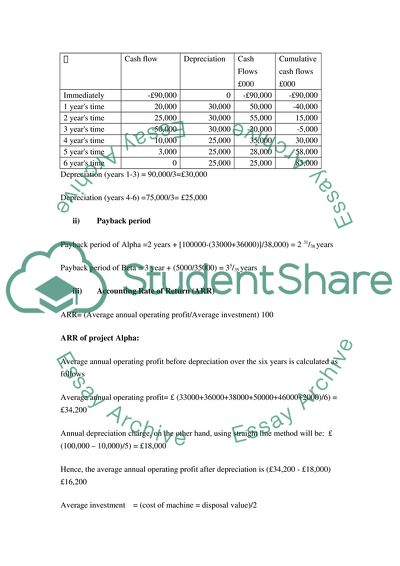Cite this document
(“Effective Application of Financial Concepts Essay”, n.d.)
Retrieved from https://studentshare.org/finance-accounting/1683951-case-study-03093
Retrieved from https://studentshare.org/finance-accounting/1683951-case-study-03093
(Effective Application of Financial Concepts Essay)
https://studentshare.org/finance-accounting/1683951-case-study-03093.
https://studentshare.org/finance-accounting/1683951-case-study-03093.
“Effective Application of Financial Concepts Essay”, n.d. https://studentshare.org/finance-accounting/1683951-case-study-03093.


